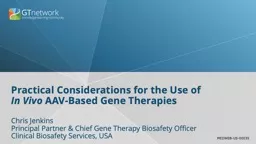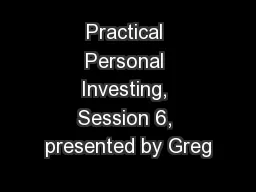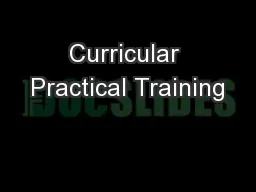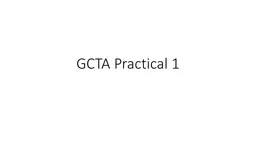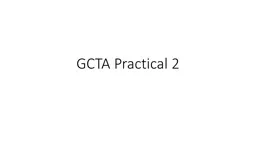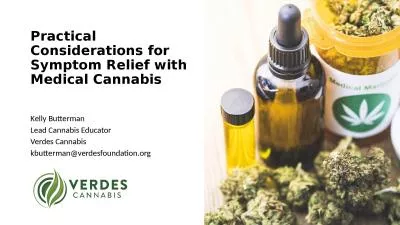PPT-Practical Considerations for the Use of
Author : startse | Published Date : 2020-08-29
In Vivo AAVBased Gene Therapies Chris Jenkins Principal Partner amp Chief Gene Therapy Biosafety Officer Clinical Biosafety Services USA MEDWEBUS00035 Disclosures
Presentation Embed Code
Download Presentation
Download Presentation The PPT/PDF document "Practical Considerations for the Use of" is the property of its rightful owner. Permission is granted to download and print the materials on this website for personal, non-commercial use only, and to display it on your personal computer provided you do not modify the materials and that you retain all copyright notices contained in the materials. By downloading content from our website, you accept the terms of this agreement.
Practical Considerations for the Use of: Transcript
Download Rules Of Document
"Practical Considerations for the Use of"The content belongs to its owner. You may download and print it for personal use, without modification, and keep all copyright notices. By downloading, you agree to these terms.
Related Documents

